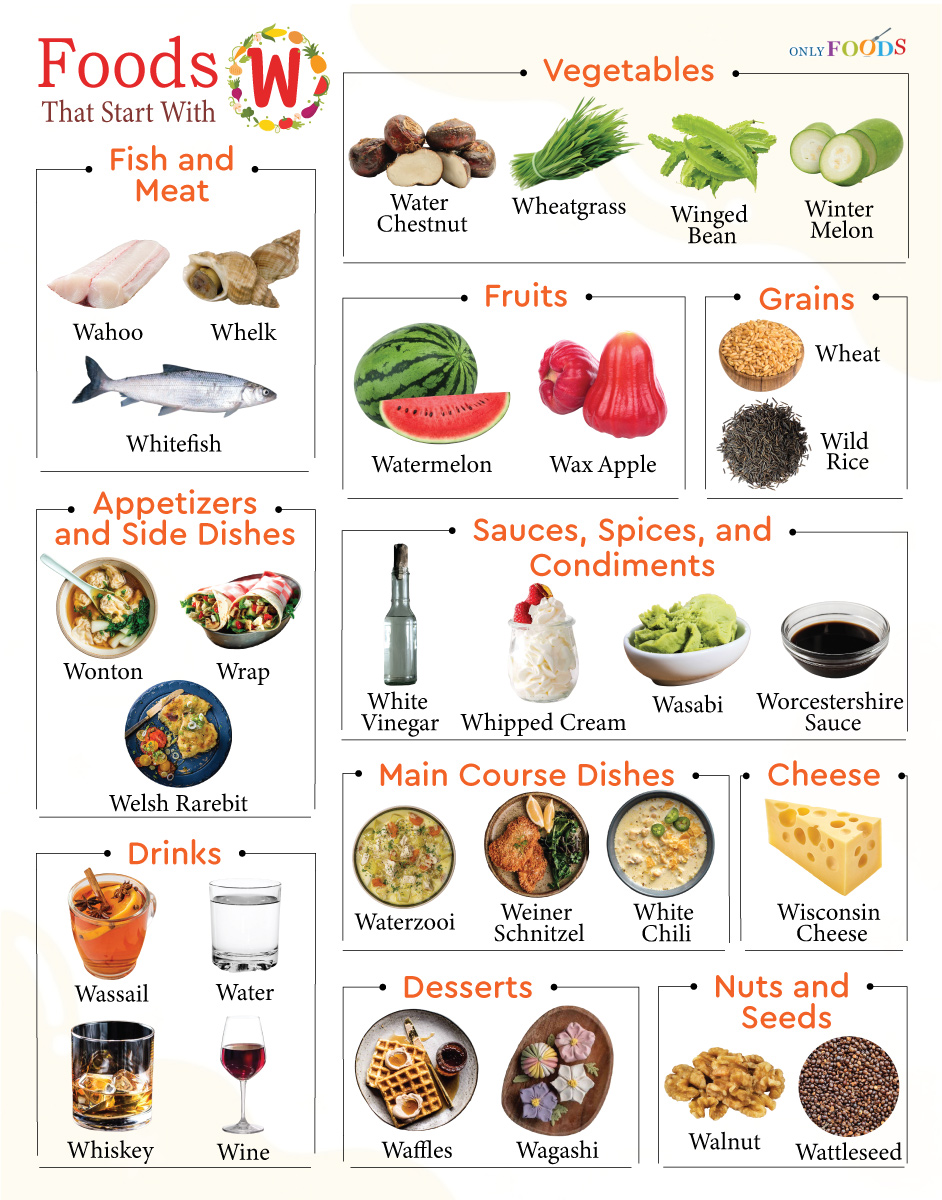When we think about nutritious and delicious foods, fruits and vegetables often top the list. Among the broader selection, there are some intriguing options that start with the letter ‘W’. These natural gems not only enhance the taste of our dishes but also pack a punch with numerous health benefits. Let’s explore these wonders and learn why they deserve a spot on your grocery list.
Watermelon is undoubtedly a summer favorite. Its sweet, juicy flesh provides a refreshing respite from the heat, but there’s more to it than just taste. Rich in vitamins A, B6, and C, watermelon supports healthy skin, boosts the immune system, and replenishes body fluids. Its high water content also makes it a perfect hydrating snack. This fruit’s vibrant red color comes from lycopene, a powerful antioxidant known to reduce the risk of heart disease.
Next up is winter squash, a versatile vegetable that’s perfect for comforting dishes as the temperatures drop. Varieties like butternut, acorn, and spaghetti squash are packed with vitamins A and C, fiber, and minerals. Besides enhancing eye health due to their beta-carotene content, they also support digestion and reduce inflammation. Whether roasted, mashed, or added to soups, winter squash brings warmth and nutrition to any meal.

For those who love experimenting with new flavors, wasabi might pique your interest. Often associated with sushi, this spicy green paste comes from the wasabi plant, boasting a surprising number of health perks. Rich in isothiocyanates, wasabi offers antibacterial properties and may aid in digestion. Don’t mistake it for the commonly used horseradish-based substitute; genuine wasabi has a unique flavor profile that’s slightly sweet, fresh, and distinctive.
Wakame, a type of seaweed, has been a staple in Asian cuisine for centuries. This nutrient-dense vegetable is an excellent source of iodine, essential for thyroid health. Wakame also contains fucoxanthin, an antioxidant believed to contribute to fat burning and reduce cholesterol levels. Added to soups, salads, or even enjoyed as a snack, wakame infuses dishes with an umami flavor while supporting overall health.
White asparagus is another interesting vegetable choice that stands out. Known for its mild, slightly bitter taste, this spring delicacy is high in fiber, folate, and vitamin K. These nutrients are vital for maintaining digestive health, supporting cell growth, and promoting bone health. White asparagus is often featured in gourmet dishes, whether served with hollandaise sauce or as part of a salad.
Don’t forget wolfberry, commonly known as goji berry. This tiny, red fruit is celebrated for its potent antioxidant content and health-enhancing properties. Regular consumption of wolfberries is linked to improved eye health, better immune function, and increased energy levels. Often found dried, they make a great addition to teas, cereals, or yogurt.
Then there’s the watercress, a peppery leafy green that’s a powerhouse of nutrients. A small yet mighty source of vitamins A, C, and K, as well as calcium and iron, watercress supports bone health and boosts immunity. It’s an excellent ingredient for salads, sandwiches, and soups, adding a burst of flavor and nutrition to your meals.
Each of these fruits and vegetables not only begins with ‘W’ but also brings a unique blend of taste and nutrition to the table. Including a variety of these items in your diet ensures a broader spectrum of nutrients and flavors, helping you maintain a balanced and healthy lifestyle. So next time you’re at the grocery store, consider picking up some of these wonderful ‘W’ foods to spice up your menu and nourish your body.













